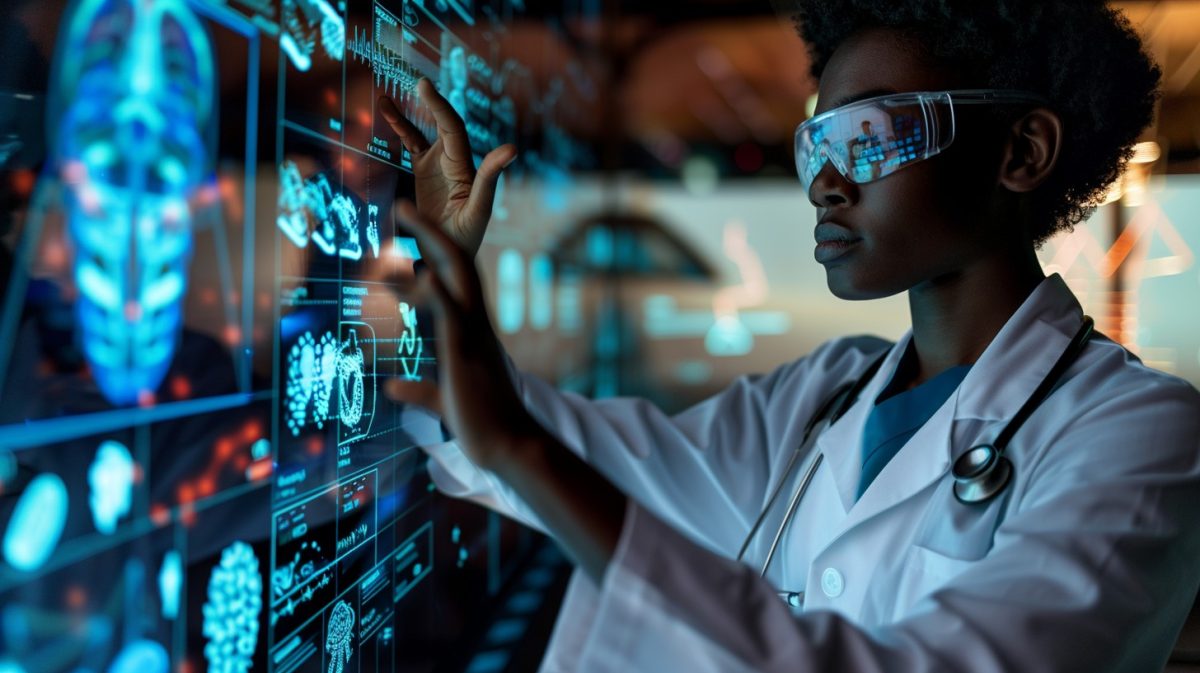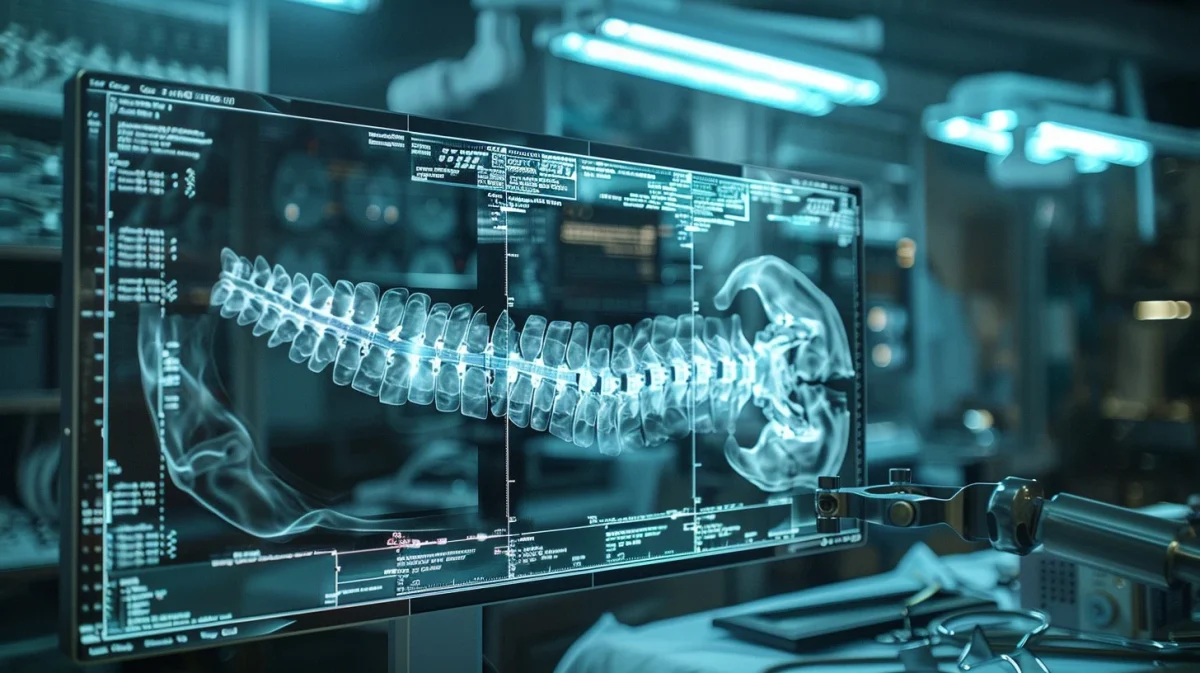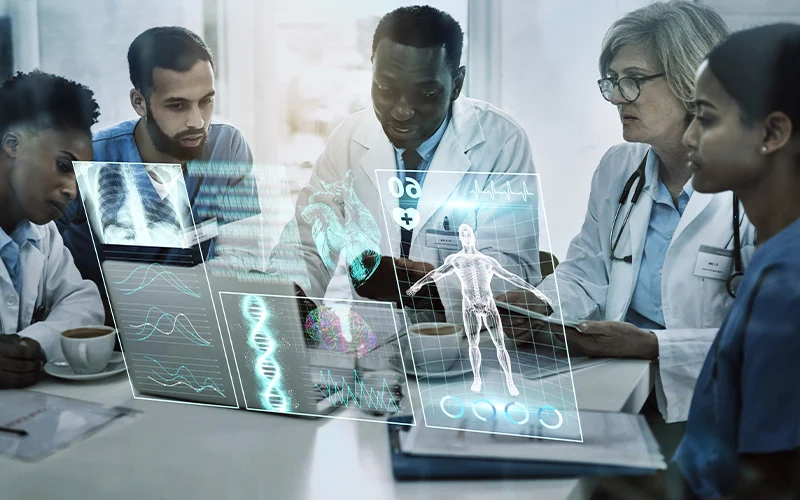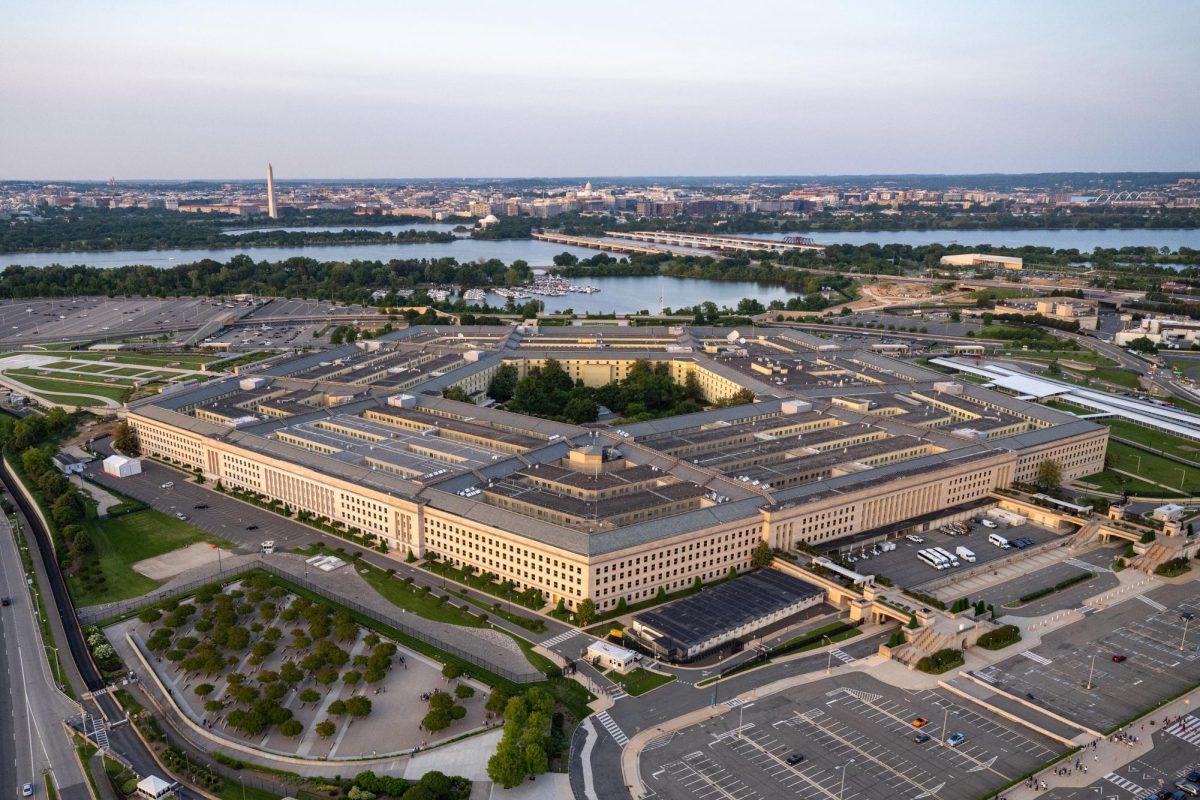With the use of AI algorithms, medical images such as X-rays, MRIs, and CT scans, can assist radiologists in detecting abnormalities far more accurately and efficiently. Although AI is not necessarily needed, the improved accuracy and fewer mistakes pose the benefits, for both patients and doctors, of using the algorithms. Although those who analyze medical images are highly trained and qualified, they are human and therefore prone to make mistakes due to the intricate details involved. Differentiating between normal and abnormal structures, subtle abnormalities, and variations in anatomy can be difficult and more importantly time-consuming.
One side of the coin is the doctors having to do less work and be more efficient, but the other side is far more important: patients and their loved ones can receive vital information far sooner which can result in life-saving or life-changing medical interventions to take place. Interpreting medical images can be subjective, meaning it may vary among different radiologists and healthcare professionals. In result, this subjectivity can lead to various inconsistencies and discrepancies in diagnosis and/or treatment planning. Healthcare facilities also generate a large amount of medical imaging on a daily basis which leads to doctors and other staff being overwhelmed and overworked. Reviewing and analyzing this data manually is a very labor-intensive job and is prone to produce errors, especially as the volume continues to grow with advancements in imaging technology; making it ever more difficult. Radiologists and healthcare professionals often face many time constraints in their reviewing of medical images, especially those in busy clinical settings. The pressure placed on them to make timely diagnosis can lead to oversight and/or missed abnormalities which is a major concern.
Another subject is the amount of specialized training and expertise, years of education and experience, and the ever-increasing daunting amount of loans they may have to take out and how it affects this problem. Due to the shortage of healthcare professionals and therefore doctors who analyze medical images such as radiologists can also put more work on them and then inevitably lead to even more errors. AI algorithms address these numerous challenges by providing automated, consistent, and objective analysis of medical images. Through the use of medical professionals leveraging machine learning techniques, AI algorithms can learn from large datasets of labeled medical images, allowing them to detect abnormalities, classify findings, and provide diagnostic insights with both high accuracy and efficiency. This augmentation of human expertise with AI technology has a massive potential to enhance diagnostic accuracy by a landslide and therefore improve patient outcomes as well as optimize workflow efficiency in radiology and all other medical imaging departments.



























